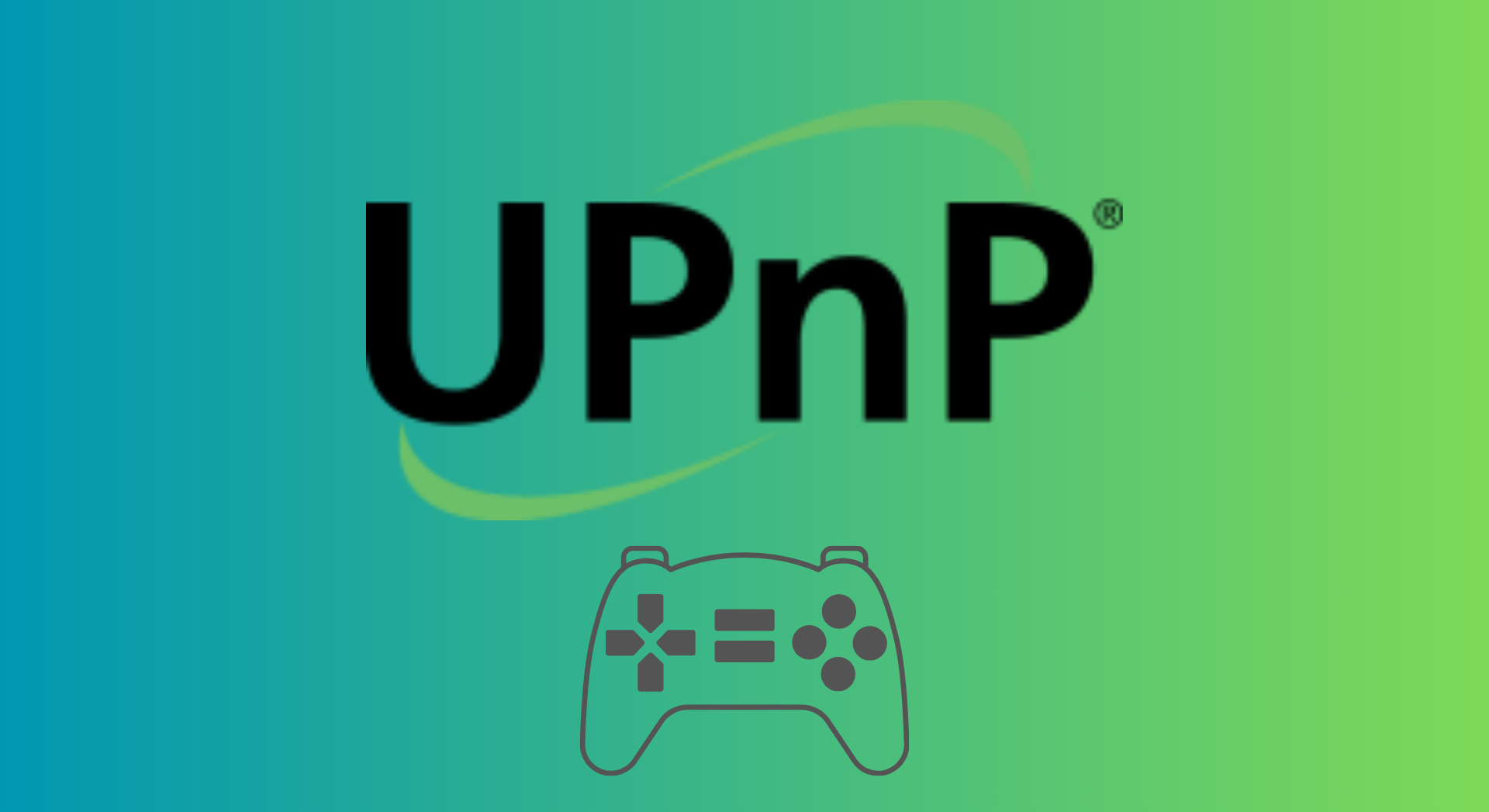If you’ve ever danced with a home printer or played a tango with a digital camera, chances are you’ve crossed paths with the enigmatic Universal Plug and Play (UPnP). It’s like the cool, laid-back friend who effortlessly connects devices on your home network, sparing you the headache of diving into your router’s settings. But here’s the plot twist: UPnP is everywhere, yet it’s not the security superhero we wish it were. So, let’s embark on a journey to demystify UPnP, explore its inner workings, and discover if it’s the unsung hero or the lurking villain in your digital tale.

🚪 Opening the Door: What is Port Forwarding?
In the realm of tech jargon, port forwarding is the wizardry that allows remote computers to waltz into your private local area network. This includes all the devices in your cozy domain, be it your home, school, or that snug little office of yours. Picture it as the secret handshake for granting external access to your local network, and UPnP plays a pivotal role in this magical handshake.
How Does UPnP Work Its Magic?
When a UPnP device knocks on your local network’s door, it first asks for an invitation in the form of an IP address. This is like getting a golden ticket to the tech chocolate factory. Once armed with an IP address, the UPnP device seeks out the life of the party—the control point, usually your router. It spills the beans, sharing essential details like its make, model, firmware version, and talents.
For instance, if you connect a UPnP-enabled printer, it’ll whisper sweet nothings to your router about its existence. When you decide to install that printer, your computer can simply ask the router about connected printers, ensuring a swift and painless setup. UPnP isn’t just about printers; it’s the matchmaker for your entertainment devices, facilitating seamless streaming of music or games between them.
🎮 Should You Enable UPnP for Gaming?
Imagine UPnP as the backstage pass to a concert. Sure, it sounds enticing, but in reality, enabling UPnP won’t transform your gaming experience into a dazzling light show. It won’t boost your speed, tweak your latency, or expand your bandwidth. For the sake of safety, it’s like leaving that backstage pass untouched; keep UPnP disabled.
⚠️ Is UPnP Playing Hide and Seek with Security?
The elephant in the room: UPnP lacks the fortress-like security it promises. It assumes your home network is a fortified castle against external attacks, yet anything inside is a free-for-all. With no basic authentication, UPnP devices become easy targets for attacks. It’s like having a gatekeeper who asks for no passwords, allowing potential troublemakers to stroll in.
In fact, UPnP can inadvertently poke holes in your network’s defenses, opening doors to the wild west of the internet. Malicious requests thrive in this lawless land, making it a risky business. For larger networks, like in business settings, UPnP often falters under the weight of numerous devices trying to play a game of network hide-and-seek.
🔒 Securing Your UPnP Castle: A DIY Guide
So, what’s the security-savvy move? We recommend dimming the spotlight on UPnP in your router’s settings and opting for a more hands-on approach. Dive into your router’s admin panel, locate the settings, and bid farewell to UPnP. While you’re in the zone, don’t forget to:
- Update your router’s firmware: Keep it sharp and ready for the tech battles ahead.
- Set a password for your Wi-Fi: Lock the gates to keep unwelcome guests out.
- Change the password to your router’s admin panel: Because a secure kingdom needs a master key.
- Review the devices connected to your router: Weed out the impostors lurking in the shadows.
- Set up a VPN on your router: Add an extra layer of invisibility to your online presence.
🌐 Going Beyond UPnP: How to Reduce Your Metadata Trail
As we bid farewell to UPnP, let’s take a stroll down the alley of reducing our metadata trail. After all, a savvy digital citizen is one who leaves fewer breadcrumbs in cyberspace. Discover the secrets to a more discreet online presence here.
❓ FAQs: Unveiling the Mysteries of UPnP
- Q: Can UPnP enhance my gaming experience?
- A: Nope, UPnP is like the backstage pass you never needed; keep it backstage for safety.
- Q: Why is UPnP considered insecure?
- A: UPnP assumes your home is Fort Knox, but inside, it’s an open house party with no bouncers.
- Q: What’s the risk of keeping UPnP enabled?
- A: Picture UPnP as a friendly gatekeeper who doesn’t ask for credentials; potential troublemakers may stroll in.
- Q: How do I secure my UPnP router?
- A: Turn off UPnP in your router’s settings, and while you’re at it, update firmware, set passwords, and review connected devices.
- Q: What’s the secret to reducing my metadata trail online?
- A: Become a digital ninja by exploring ForestVPN for a discreet online presence.
Ironport proxy pac file is a configuration file used by IronPort Web Security Appliances to specify how web browsers should proxy traffic. It contains information about proxy servers and their settings, helping browsers redirect traffic through the designated proxies. If you’re diving into the world of IronPort proxy pac files, consider exploring ForestVPN for an added layer of security and privacy. Stay digitaly safe!


